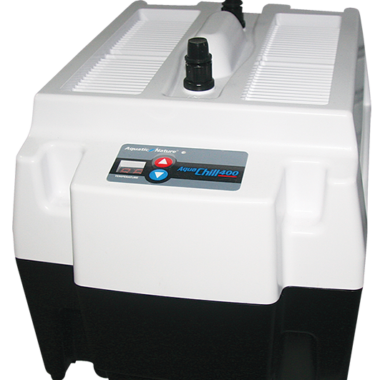Demystifying the Operation of Chillers
Demystifying the Operation of Chillers
Chillers, the unsung heroes of cooling systems, utilize a complex move of thermodynamics and fluid dynamics to maintain the idealize chill. Let’s unravel the science behind their operation, demystifying the complicated forms that keep our situations cool and comfortable:
1. The Basics:
At the heart of chiller operation lies the elemental rule of thermodynamics, particularly the vapor compression cycle. This cycle includes the change of a refrigerant between a gas and a fluid, manipulating its temperature and pressure to achieve cooling.
2. Compression:
The process kicks off with the compressor, a imperative component of the chiller. The compressor presses the low-pressure, low-temperature refrigerant vapor, raising its pressure and temperature significantly.
3. Condensation:
The high-pressure, high-temperature refrigerant vapor then voyages to the condenser. Within the condenser, heat is discharged as the refrigerant moves from a gas to a liquid. This is often the arrange where outside cooling media, such as air or water, absorbs the heat, allowing the refrigerant to shed its warmth.
4. Expansion:
Next up is the development valve. This valve quickly reduces the pressure of the refrigerant, causing it to expand. Because it expands, the refrigerant’s temperature drops dramatically.
5. Evaporation:
The presently low-pressure, low-temperature refrigerant enters the evaporator, the component mindful for retaining heat. Within the evaporator, the refrigerant extracts heat from the surrounding air, water, or other substances, causing it to evaporate into a low-pressure vapor.
6. Chilled Water Circulation:
If the chiller is portion of an air conditioning system, the chilled water delivered within the evaporator is then circulated through coils or air handlers. Air blown over these coils is cooled because it passes, giving conditioned air to spaces.
7. Repeat Performance:
The cycle repeats continuously, maintaining a constant loop of compression, condensation, extension, and evaporation. This rhythmic dance guarantees a persistent supply of chilled water or air for different cooling applications.
8. Variable Speed Drives:
Advanced chillers frequently join variable speed drives (VSD) for compressors. These drives permit the chiller to alter its speed based on the current cooling request. This not as it were improves energy proficiency but also prolongs the lifespan of the gear.
9. Heat Recovery:
Some advanced chillers are planned with heat recovery systems. These systems capture excess heat created during the cooling handle and repurpose it for heating applications, contributing to in general energy productivity.
10. Advanced Controls:
Chiller systems are progressively prepared with progressed controls and observing systems. These controls optimize chiller operation based on real-time information, empowering predictive maintenance, fault detection, and in general system productivity.
Understanding the science of chilling includes appreciating the intricate interaction of thermodynamic standards, liquid flow, and cutting-edge innovation. As chillers proceed to advance, their productivity, supportability, and flexibility will characterize long haul of cooling technology, guaranteeing that the science of chilling remains both an art and a need in our dynamic world.

Demystifying the Operation of Chillers







How Chillers Cool Large Buildings ? - Cool Fab Equipments February 02, 2024 at 6:20 pm
[…] expansive buildings, with their expansive spaces and different cooling needs, requires a advanced approach. Enter chillers, the workhorses of consolation control. Let’s […]